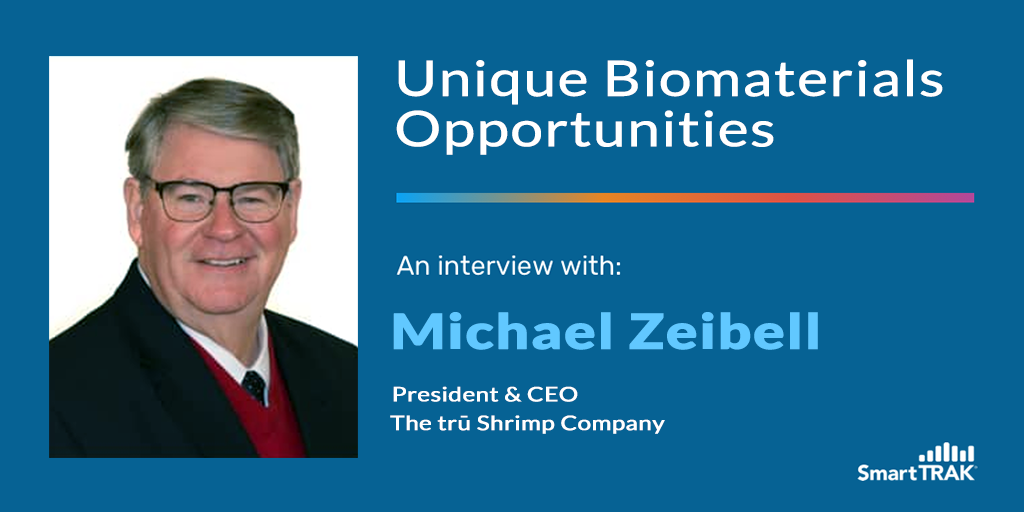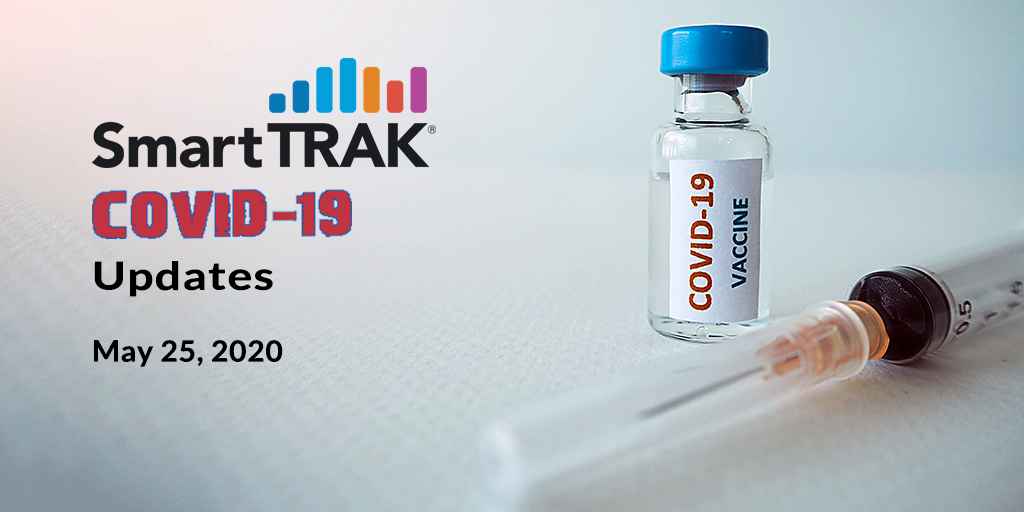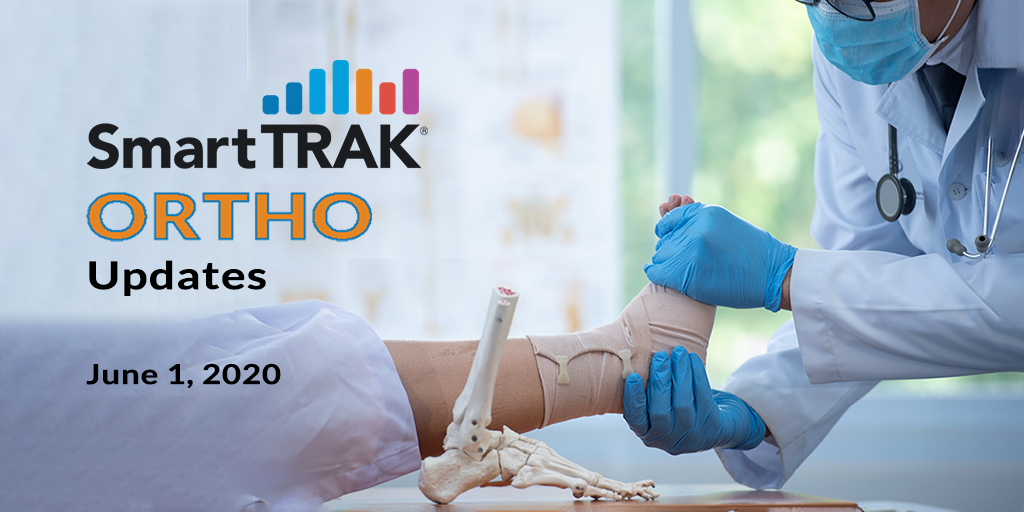. SmartTRAK discusses a new biomaterials opportunity for medical devices with Michael Ziebell, President and CEO of trū Shrimp.
SmartTRAK discusses a new biomaterials opportunity for medical devices with Michael Ziebell, President and CEO of trū Shrimp.
Shrimp is the most popular seafood in the US with an annual consumption of 1.6 billion pounds and 90% sourced outside the US. trū Shimp has developed a unique aquaculture for raising shrimp that allows production to occur anywhere in the US, even in Minnesota. Michael Ziebell explains the unique features of the process and its ability to produce a novel biomaterial that may be tailored to meet the needs of the medical device industry.
A transcript of SmartTRAK’s interview with Michael Ziebell is below. To listen to the audio interview, click on the video (10:39 minutes). The full transcript, with a link to download a PDF, is provided below.
Transcript (please scroll down for the link to download):
SmartTRAK: Hello, this is Susan Paquette from SmartTRAK. I’m here with Michael Ziebell, President and CEO of trū Shrimp, a startup located in southwestern Minnesota. trū Shrimp has developed a unique process for farming shrimp that has a byproduct that will be useful to the medical device industry. Michael, one would expect a shrimp farm in the US to be in the Deep South, but southwestern Minnesota. Why has a Minnesota location been selected?
Michael Ziebell: Susan, we often get that question from people. It's actually got a very simple answer. The primary elements of the shrimp diet are soy-based and hard red wheat. To diminish transportation costs and to buy those commodities at the best price possible, we have brought the shrimp to the feed, so to speak. We are an indoor system, a totally controlled system. Therefore, we can theoretically build our harbors, as we refer to them, almost anywhere in the world. In this case, we brought the shrimp right to the feed.
Very interesting. Is there anything unique about the shrimp compared to other shrimp farms?
MZ: Nearly everything Susan. I like to say to people that the only thing we have in common with the rest of shrimp aquaculture in the world is the creature itself. At the very heart of what's really different is we grow shrimp in shallow water. Shrimp aquaculture across the world is generally in depths of one to three meters of water, and we are at an average depth of 12 inches of water, which gives us the ability to vertically stack our grow-out tanks that we call Tidal Basins, so we can more efficiently use land.
Is the process proprietary and protected with intellectual property?
MZ: It is Susan. This actually started with a patent developed by Texas A&M University for the Tidal Basin that we grow the shrimp in the 12-inch depth of water. Since then, we have added, one of our own patents that was approved, we have two pending, and we're considering filing two more patents. In addition to that, there is the intellectual property, the trade secrets that make those patents work. We're pretty respectful of the proprietary nature of what we're doing.
What volume of production is anticipated when the plant is fully functional?
MZ: The plant that we are, the harbor, as we refer to it, that we are planning on building in Madison, South Dakota, will have a production capacity at the current time of about 4.6 million pounds per year, and that's head-on. The significance of that is more production of shrimp in the shrimp aquaculture than the entire current United States production of shrimp aquaculture. That one facility will match the current production of the United States. Scale has always been an objective of ours.
How many do you plan to build down the road?
MZ: Susan, it's a 1.6-billion-pound market. The per capita consumption of shrimp is 4.4 pounds a year, which makes it by far America's favorite seafood. We could build 55 of our harbors and still only have a 13% market share. That's how big the market is, so there's really a huge opportunity to build an industry here in the United States of shrimp aquaculture with our technology.
My understanding is that the process will produce a byproduct, chitin, that will be valuable to the med-tech community. Could you explain more?
MZ: As everyone knows, the shrimp has a shell on it. What many people don't realize is that the shrimps molt that shell. They actually grow so fast they molt the shell and grow a new one back. We are able to collect those shrimp molts, as we refer to them. There's molt tissue in our waste stream. The reason we want to do that is that the shell contains a natural polymer referred to as chitin, and that chitin can be further processed into chitosan. Chitosan is a multibillion-dollar natural polymer compound that's used in multitudes of industries from wastewater treatment to agriculture, ladies' cosmetics, and also medical device and pharmaceutical. We have the ability, we're the only system in the world that we know of, that can collect this molt tissue and be able to process it into chitosan.
Is there anything unique about the chitin that you produce in your facility versus others?
MZ: Yes, and this is where the excitement really lies. As I mentioned earlier, we grow the shrimp indoors under totally controlled conditions. Those controlled conditions combined with our consistent diet for the shrimp, we use no antibiotics whatsoever, we don't use any artificial preservatives or artificial compounds in the grow-up process. Therefore, our molt tissue and the resultant chitosan is pristine. It is free of any FDA deficiencies. An example, the shells that are collected from the ocean are laden with heavy metals. We have no heavy metals. Therefore, our molt tissue and the chitosan that can be produced from it will be targeted specifically for medical device and pharmaceutical use.
So, what medical device applications have you explored thus far? Have you explored any?
MZ: Yes. We have been in consultation with a bioscientist on the east coast. He's a collagen and chitosan expert and in the business of developing medical device products. He's taken our molt tissue, turned it into chitosan, and made battlefield bandages with our chitosan. Chitosan is a natural hemostat. He's also created a bone wax with our chitosan material that the dentist or a surgeon would use to mend bones. Currently, he's working on trying to create a membrane out of our chitosan collagen that surgeons would use to envelop organs. He talks specifically about the brain. After brain surgery, you cover the brain with this membrane. I'm not a medical person, but my understanding is that one of the features of chitosan is that once it does its work, it just simply dissipates into the body, and it causes no harm to the body. We understand there could be a lot of applications.
If a medical device company would like to learn more to evaluate that chitosan, how would they go about that, or would that even be possible?
MZ: It would be possible, and in fact, I would encourage them to reach out to me. I can certainly brief them on what we're doing and how we're going to go about it. One of the interesting features of our material is that we can construct chitosan molecules of different lengths. Each of the applications, my understanding is, needs a different size chitosan molecule. That might be one of the real opportunities we have with our material is to create custom chitosan for every application. That would be our end game. Invite them to get a hold of me and we'll get the conversation started. I can point them to the people that can help with the conversation as well.
We've heard a lot about trū Shrimp and its unique process, shrimp quality and high purity of its byproduct, chitin and chitosan. Where are you in your timeline for full production?
MZ: We have completed our research here in Balaton, Minnesota, with our pilot facility. We are ready to commercialize. Madison, South Dakota is the first location for Madison Bay Harbor. We are here in 2020. We're very active in raising the capital to build the harbor. We've been a bit waylaid by the COVID-19 pandemic in that regard, but we are still hopeful to be able to break ground before the end of 2020. It takes about 22 months to build the facility, and we'll be ready to go. We've got a couple of years to go. It's a big facility, so it takes time.
You've mentioned your fundraising has gone well so far. How far along are you in that process and what remains?
MZ: We were making significant progress here in 2020 until the pandemic came upon us, and, of course, that has disrupted the capital markets in the United States and the world. Our investment bank, Bank of America, is now reengaging. They see that the capital markets will be open. We have a significant part of the senior debt that has already been arranged as part of that, and we're really now working on the equity. We're looking for strategic institutional partners to be able to help us with that. As I said earlier, we are hopeful that by the end of the year, we'll be able to raise all the capital we need and can begin the groundbreaking at Madison Bay Harbor.
In closing, what takeaway message would you like to leave for the medical device companies?
MZ: Thank you for that question because what I like to say is that it's our understanding that the medical device community has stepped away from the use of chitosan. The reason for that is they never had a reliable, consistent supply of the material. Today, the vast majority of the chitosan in the world is produced in China. My understanding is that chitosan has FDA deficiencies and limits its use. We are striving to be able to produce a consistent, reliable product domestically produced here in the United States that's free of the FDA deficiencies from the standpoint of production, but also research. That harbor that I described to you will be capable of producing 9,000 kilograms of chitosan a year, so we're going to have a large and reliable supply of material going forward.
Well, very good. Thank you for your information on trū Shrimp and its byproduct chitin and chitosan. Very exciting. We will provide your contact information for anyone who would like to get ahold of you. Thank you very much.
MZ: Thank you for the time and the opportunity.
Michael Ziebell, President and CEO of trū Shrimp, can be contacted via email at michael.ziebell@trushrimpcompany.com or by phone at: 507.337.6908.
If you would like to download the complete transcript of SmartTRAK's exclusive interview with Michael Zeibell, please click the button below.
SmartTRAK is the leading source of competitive intelligence used by the top 10 global orthopedic & top 15 wound care companies. If you would like a demo of all SmartTRAK has to offer and how we can help increase proficiency, improve productivity and reduce costs for your company, just click here.






